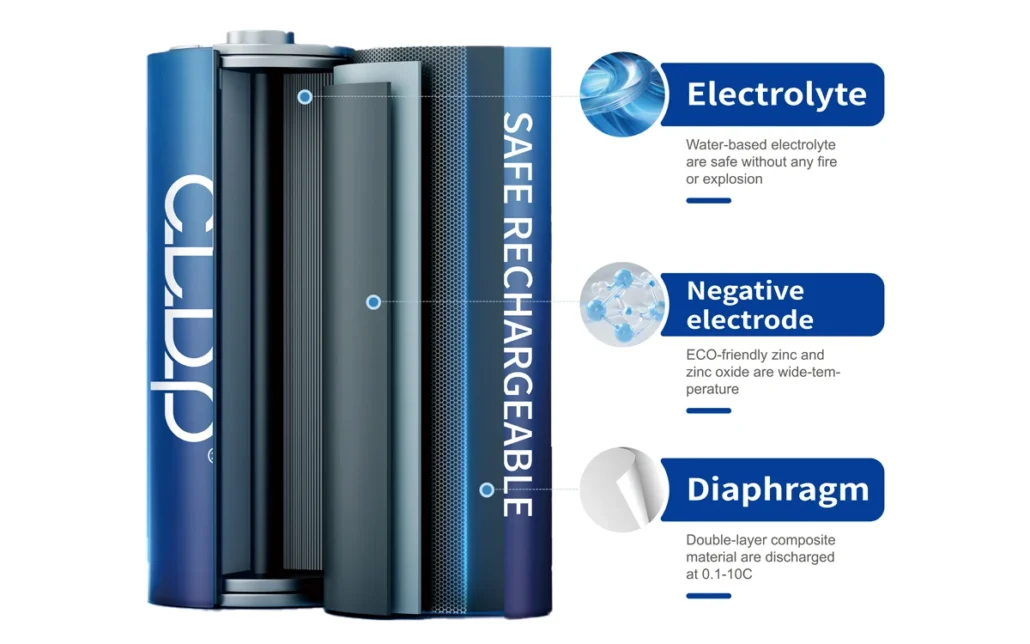The capacity of zinc nickel batteries has a direct impact on their discharge curve. These impacts are mainly reflected in the duration of platform voltage, the rate of voltage drop at the end, and the total discharge time.
Duration of Platform Voltage
High capacity zinc nickel batteries can maintain a relatively stable platform voltage for a longer period of time, which means they can provide almost constant output voltage near their rated capacity. As the capacity increases, the flat part (i.e. the stable operating voltage range) will become longer, allowing the equipment to obtain a more consistent power supply during use.
The speed of voltage drop at the end
For larger capacity zinc nickel batteries, more energy can be released before the voltage begins to drop sharply near complete discharge. Therefore, the transition of high-capacity batteries from the plateau period to the cut-off voltage will be relatively slow, while small capacity batteries may enter this rapid power down stage faster.
Total discharge time
It is evident that zinc nickel batteries with larger capacity can support longer periods of continuous discharge. If discharged with the same current, high-capacity batteries will have a longer discharge time than low capacity batteries.

Discharge rate effect
When discharged at a higher rate, even batteries with the same nominal capacity may have a reduced actual usable capacity due to internal resistance and polarization factors. In this case, high-capacity batteries are better able to withstand higher discharge rates compared to low capacity batteries without significant loss of performance.
Temperature sensitivity
Although this is not strictly the effect of “capacity” on the discharge curve, it is worth noting that zinc nickel batteries with larger capacities tend to perform better under low temperature conditions because they have more active materials involved in the reaction, which helps alleviate the negative impact of low temperature on discharge performance.
Cycle life and health status
As time goes by and the number of charge and discharge cycles increases, any type of secondary battery will undergo an aging process, leading to a gradual decline in capacity. A new and healthy zinc nickel battery will exhibit better discharge characteristics, including smoother discharge curves and stable operating voltage, compared to batteries that have been used for a period of time and have reduced capacity.
In summary, the capacity of zinc nickel batteries determines their behavior throughout the entire discharge cycle – from a slight voltage drop in the initial stage, a stable plateau voltage in the middle stage, to a rapid decrease to the cutoff voltage in the final stage. The larger the capacity, the better the performance of these stages, especially in maintaining stable voltage for a long time.




